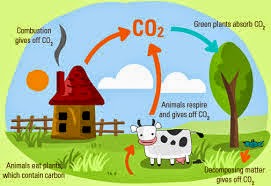KWBAT describe variations in organisms over time through natural selection.
1. Watch this BrainPop video on natural selection. Username: sbspecial / Password: brainpop
2. Create a vocabulary card for the word: "Natural selection".
3. Complete the "Checkpoint" practice on your paper.
4. Raise your hand to have Ms. Robinson check your work.
5. Once you receive Ms. Robinson's initials, complete the natural selection simulations here. Be sure to follow the directions on the website!
Evolution Experience Game - In this game, you are a young bird trying to eat enough to survive and reproduce. Pay attention to how the bug population changes in response to you. When you're ready, click here.
Charles Darwin Game - In this game, your goal is a create a species that can survive for one million years. You choose which genetic variations or adaptations your species will have and watch to see how they fare against various environmental pressures (predators, climate change, new food sources, etc.). Tip: You will probably have to play more than once to reach the goal! Use the "Hints" book at the bottom right hand corner of the screen to learn more about what each adaptation might be good for. When you're ready, click here.






















